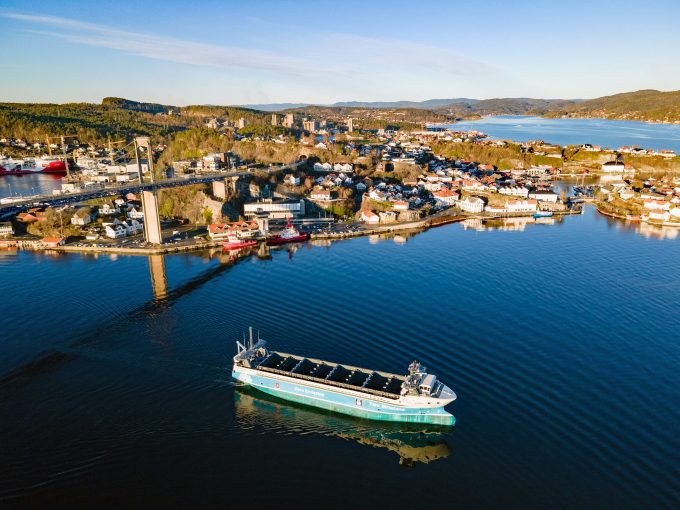COP29: UK PM announces 'determined commitment' to steep emissions cuts
Arriving at COP29 this week, UK prime minister Keir Starmer has unveiled a ‘nationally determined ...

The UK has signed up to a ‘green corridors’ agreement alongside Norway, the Netherlands and the United States to bring about zero-emission shipping routes between these countries.
The agreement, made at the COP27 conference in the Egyptian resort of Sharm El Sheikh, opens up the possibility of carbon-free routes between several countries in the North Atlantic.
It also includes a separate agreement between the UK and US to launch a Green Shipping Corridor Task Force, a collaborative research and development effort.
Both Norway ...
'It’s healthy competition' Maersk tells forwarders bidding for same business
Semiconductors could compensate for air freight's lost ecommerce traffic
Transpacific sees first major MSC blanks as rates fall and volumes falter
'Weakened' Maersk paying a heavy price for its lack of fleet growth
US shippers slam USTR port fee plan – 'an apocalypse for trade'
Opposition builds for final hearing on US plan to tax Chinese box ship calls
Despite sourcing shifts, 'don't write-off China', says CMA CGM CCO

Comment on this article